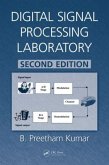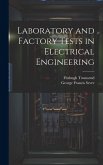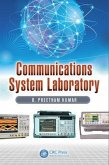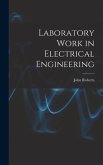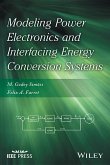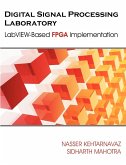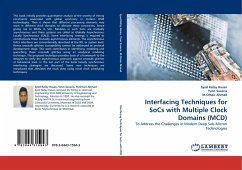This practical text describes how to use a desk-top computer to monitor and control laboratory experiments. Stephen Derenzo clearly explains how to design electronic circuits and write computer programs to sense, analyze and display real-world quantities, including displacement, temperature, force, sound, light, and biomedical potentials. He includes numerous laboratory exercises and appendices that provide practical information on microcomputer architecture and interfacing, including complete circuit diagrams and component lists. A very basic knowledge of electronics is assumed, making the book ideal for college-level laboratory courses and for practicing engineers and scientists.
Hinweis: Dieser Artikel kann nur an eine deutsche Lieferadresse ausgeliefert werden.
Hinweis: Dieser Artikel kann nur an eine deutsche Lieferadresse ausgeliefert werden.


